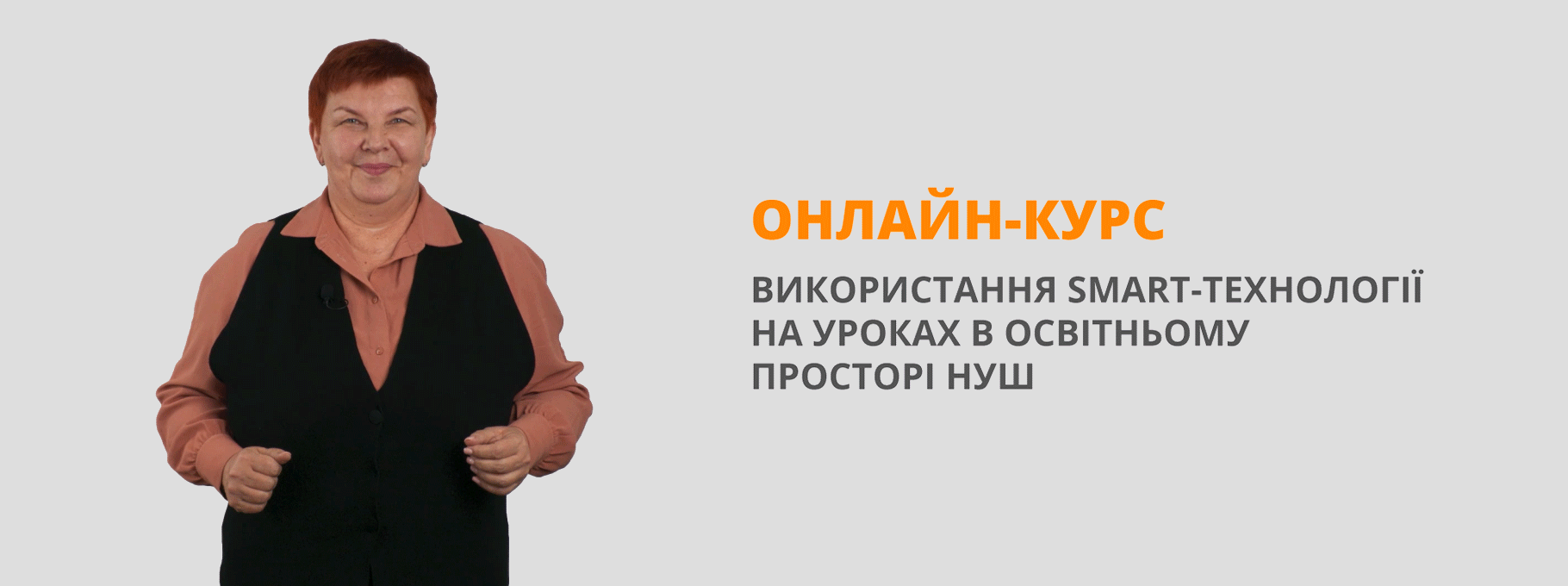MY LAST VISIT TO THE MUSEUM
I'd like to tell you a few words about my last visit to the museum.
During my winter holidays I had a chance to visit my relatives in Kiev. My cousin Mike proposed me to go to the museum, so I didn't lose this wonderful possibility to enjoy history and culture of Ukrainian people.
First of all we went to the Kyiv Museum of Ukrainian Decorative Folk Art, which is located on the grounds of the Kyiv Cave Historical-Cultural Preserve. There I was pleasantly surprised with the extensive collections of Ukrainian artistic folk kylyms, printed and woven textiles, embroidery, needlework, dress, wood carvings, ceramics, pottery, glass, and decorative painting dating from the 15th century to the present.
Then we went to the Kyiv Museum of Western and Eastern Art. This museum is a state collection of art works from Western Europe and the Orient. It was founded in 1919 on the basis of B. and V. Khanenko's private collection, which originated in 1870.
There are three sections in the museum: ancient, West European, and Eastern art. The exhibits include ancient Greek, Roman, and Byzantine art; paintings and sculptures by Italian masters such as P. Perugino. G. Bellini, A. Magnasco, F. Guardi, and J. Donatello; and the works of Spanish artists such as D. Velasques, J. Zurbaran, and F. Goya; of Flemish masters such as P. Brueghel the Elder, F. Hals, P. Rubens, and J. Jordaens; and of French painters such as J. David, F. Boucher. The Eastern collection contains sculptures and drawings front ancient Egypt, Syria, Iran, Turkey, Central Asia, Caucasus, India, Nepal, Tibet, Mongolia, Thailand, Japan, China, and Indonesia. The museum is housed in a building built for the Khanenko family by R. Meltser in the 1880s.
All these exhibitions left deep and lasting impression upon me.
QUESTIONS
1. Where is the Kyiv Museum of Ukrainian Decorative Folk Art located?
2. What does its collection include?
3. When was the Kyiv Museum of Western and Eastern Art founded?
4. How many sections are there?
5. What do the exhibits include?
cave — печера
extensive — великий
embroidery — вишивки
pottery — гончарні вироби
Orient — Схід, країни Сходу
МОЄ ОСТАННЄ ВІДВІДУВАННЯ МУЗЕЮ
Я б хотів розповісти вам про моє останнє відвідування музею.
Під час зимових канікул у мене була можливість поїхати до родичів у Київ. Мій двоюрідний брат Майк запропонував сходити в музей, і я не впустив чудову нагоду насолодитися історією і культурою українського народу.
Насамперед ми пішли в Київський музей українського декоративного народного мистецтва, що знаходиться на території Києво-Печерської лаври. Я був приємно здивований великими колекціями українських народних килимів, друкованих і тканих текстильних виробів, вишивок, шиття, одягу, дерев'яних виробів, кераміки, гончарних виробів, виробів зі скла і декоративних малюнків з XV століття і до наших днів.
Потім ми відправилися у Київський музей західного і східного мистецтва. Цей музей є державною колекцією творів мистецтва Західної Європи і Сходу. Він був заснований у 1919 р. на базі приватної колекції В. і В. Ханенків, що була створена в 1870 р.
У музеї є три секції: давнє, західно-європейське і східне мистецтво. Експонати включають давньогрецьке, римське і візантійське мистецтво; малюнки і скульптури італійських майстрів, таких як П. Перуджино, Г. Белліні, А. Маньяско, Ф. Гарді і Дж. Донателло; роботи іспанських художників: Д. Веласкеса, Дж. Зурбарана і Ф. Гойя; фламандських майстрів, таких як П. Бругель-старший, Ф. Холз, П. Рубенс і Дж. Джорденс; і французьких художників: Дж. Давида, Ф. Бушера. Східна колекція включає скульптури і малюнки Давнього Єгипту, Сирії, Ірану, Туреччини, Центральної Азії, Кавказу, Індії, Непалу, Тибету, Монголії, Таїланду, Японії, Китаю й Індонезії. Музей розташовується в домі, побудованому Р. Мельцером для родини Ханенків у 1880-х рр.
Усі ці експозиції справили на мене глибоке і незабутнє враження.


про публікацію авторської розробки
Додати розробку
